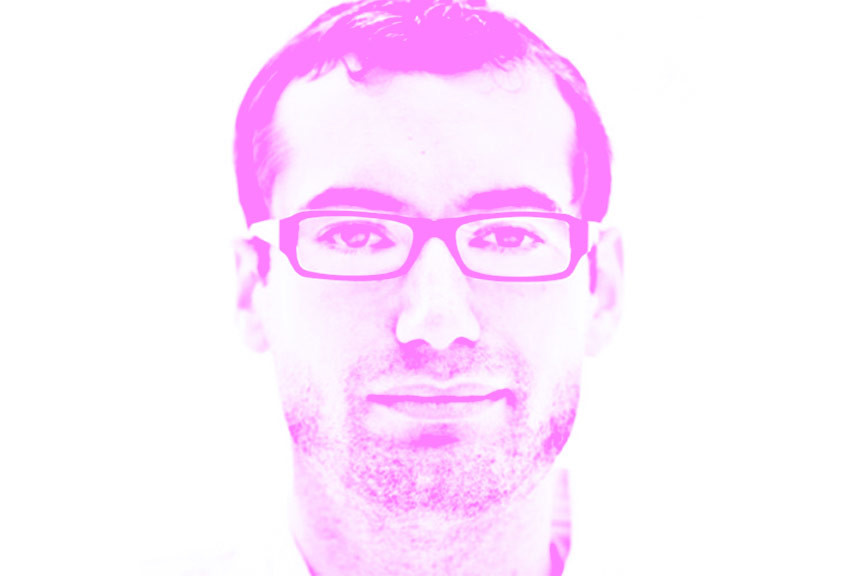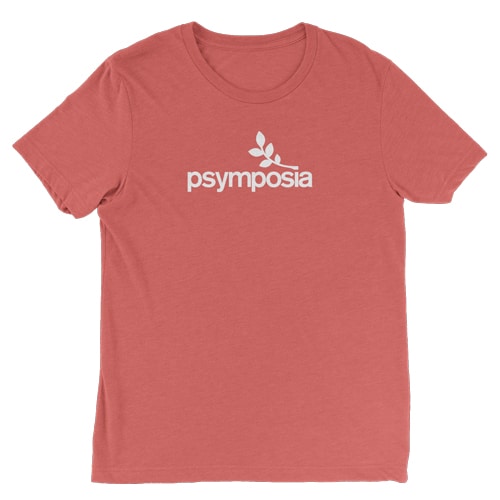How to meditate on psychedelics with Vincent Horn of Meditate.io
Vincent Horn of Meditate.io talks about psychedelics and meditation.

Psymposia is a 501(c)(3) nonprofit research and media organization that offers critical perspectives on drugs, politics, and culture. We rely on contributions from our readers and listeners. Your support is vital to sustaining Psymposia.
Support Psymposia’s independent journalism on Patreon and help us drive the Mystery Machine! We’re a bunch of meddling kids who are unmasking the latest shenanigans on the psychedelics beat.
Meditators are psychonauts,” says Vincent Horn, a Buddhist teacher and podcaster who has lately explored the common threads in Buddhist and psychedelic communities and practices. “There is that general interest in exploring further reaches of one’s consciousness that is shared between the two disciplines, that unites them and, in some cases, connects them.”
This interest in the confluence of meditation and psychedelics has helped drive the development of Meditate.io, the digital sangha Horn operates with his wife Emily, and the resurgence of Buddhist Geeks, Horn’s long-running podcast. Launched in the mid-’00s, Buddhist Geeks is one of the most popular and successful Buddhist podcasts. Horn has interviewed dozens of big names in mindfulness practice and online Buddhism, has appeared as a guest on some even more well-known shows (including the astoundingly popular The Joe Rogan Experience), and exposed thousands of listeners to his modernized, “unbundled” take on Buddhist dharma.
In 2016, Buddhist Geeks ceased operations, to return a year later. In “Stirrings From the Bardo,” a raw and rigorous self-inquiry, Horn explains why his shop went dark and why he decided to reopen it. As part of his quest to bring Buddhist wisdom into the modern world, he has embraced an interest in psychedelics, which has taken the form of a series of episodes and a widely shared taxonomy of “psychedelic Buddhism.”
“As a teacher of meditation, I was often running into people who had some sort of experience with psychedelics that was very much related to their interest in meditation. It introduced them to states of mind that they then needed to figure out how to understand, or get back to, or work with. Or they saw the immediate connection between the two in terms of exploration of consciousness and transformation. And so I was hearing these reports and having no first reference for being able to relate to them, because I had never done it. I had to try these things out to see what all these people were experiencing, and to see if I could better support and understand the folks who come to meditation through the psychedelic doorway. It just felt like now is a good time to open that conversation up wider, and Buddhist Geeks is a perfect place to do it from.”
By the time he tried psychedelics, Horn had been a serious meditator for many years. “What I noticed in the first trips that I did was that it wasn’t that different from what I’d go through in a meditation period or on retreats where I’m practicing a lot. On retreats, I was practicing ten or twelve hours a day in silence. I could easily argue that those were much more intense, but they were prolonged for, like, six months. Like being on a short trip and coming down and going up and coming down and going up, like, all the time.”
For those new to psychedelics, for those who want to gain maximum benefits from psychedelic therapy or inquiry, or for those who have trepidations or fears of having difficult or challenging experiences, Horn believes that having an established meditation practice can provide grounding, safety, and clarity. “I recommend, to anyone who’s working with psychedelics, to also have some sort of practice of working with their own consciousness and attention. I think many do, from what I’ve seen.”
Based on his experience at the intersection of Buddhism and psychedelics, Horn provides a six-point checklist for getting the most from a contemplative psychedelic ceremony.
Energy
Horn means this not in the new-agey sense of the word “energy,” but in the sense of, “Do I have the physical, mental, and emotional stamina to go through with this ceremony?” This requires honesty with oneself. If you’re not well rested and well prepared, you are less likely to benefit from the experience
Space
The physical space in which the ceremony takes place should reflect the desired inner state it is intended to cultivate. The ceremonial space should be clean and beautiful, perhaps with a ceremonial altar, upon which participants can place their attention.
Intention
Before the sacrament is taken, it is time to gently lean into the big questions. Aside from the five Ws, this entails examining our deeper intentions. “This phase is spent relaxing into the space we’ve created and contemplating why we’re here,” Horn says. “And not just why we’re here, but why we’re really here!” The intention can be formalized by sharing it with a group or writing it down, for later review and to etch it into the consciousness.
Sacrament
“Once we have connected with, and have communicated, our deepest intentions, we then take the sacrament,” says Horn. “Here, sacrament simply means a ‘sacred substance,’ similar to how in some of the earliest Hindu texts cannabis was identified as one of their “five sacred plants.'” The ultimate purpose of the sacred substance, says Horn, is to “help eliminate the false notion that there’s anything which is not already sacred.”
Meditation
Horn suggests including a formal sitting practice as part of the psychedelic experience, possibly for 30-60 minutes, based on the onset and duration of the effects. “Once you have completed your formal practice period,” he says, “you can feel free to move into a more formless type of practice. This isn’t the same as just hanging out and playing out our habitual patterns. Rather, it’s a broadening of the understanding of what meditation is and what it includes. Now, we can begin to relate to everything as meditation, in a more free form and spacious way. Our interactions and our spontaneously arising experiences become the meditation. Whatever we do is meditation, a fresh and unbounded way of relating to life.”
Closing
The formal end of the session marks the beginning of the integration phase, which should be commenced with some deliberation. This can include sharing new insights with a group or expressing gratitude for the journey, however fruitful, beautiful, or arduous it may have been. “Gratitude is the practice of recognizing what’s good. It breaks us from the spell of cynicism and shines a light on our unrecognized areas of privilege.” Extinguishing a flame, dismantling an altar, or cleaning up ceremonial remnants can put a bookend on the experience, letting the mind and the soul know that, as one stage is complete, another has begun.
Hey! Before you go… Psymposia is a 501(c)(3) non-profit media organization that offers critical perspectives on drugs, politics, and culture. We strive to ask challenging questions, and we’re committed to independent reporting, critical analysis, and holding those who wield power accountable.
Our perspectives are informed by critical analysis of the systemic crises of capitalism that have directly contributed to the unmitigated growth of addiction, depression, suicide, and the unraveling of our social relations. The same economic elite and powerful corporate interests who have profited from causing these problems are now proposing “solutions”—solutions which both line their pockets and mask the necessity of structural change.
In order for us to keep unpacking these issues and informing our audience, we need your continuing support. You can sustain Psymposia by becoming a supporter for as little as $2 a month.
Emerson Dameron
Emerson is a writer, communicator, and occasional comedian from Los Angeles. When he gets a laugh, that's as close as he expects to get to the alchemists.





